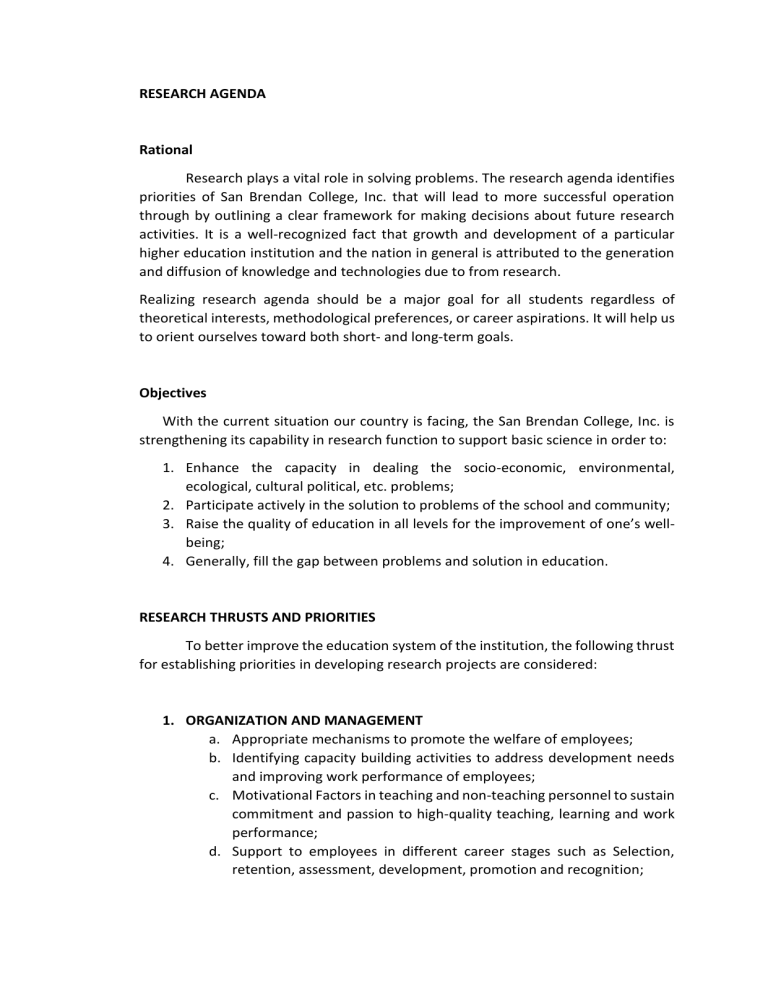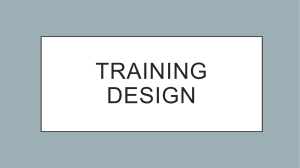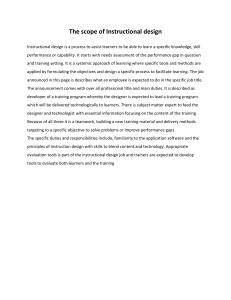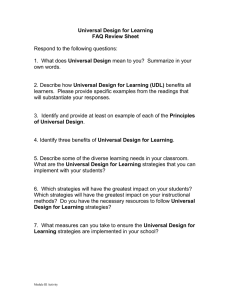
RESEARCH AGENDA Rational Research plays a vital role in solving problems. The research agenda identifies priorities of San Brendan College, Inc. that will lead to more successful operation through by outlining a clear framework for making decisions about future research activities. It is a well-recognized fact that growth and development of a particular higher education institution and the nation in general is attributed to the generation and diffusion of knowledge and technologies due to from research. Realizing research agenda should be a major goal for all students regardless of theoretical interests, methodological preferences, or career aspirations. It will help us to orient ourselves toward both short- and long-term goals. Objectives With the current situation our country is facing, the San Brendan College, Inc. is strengthening its capability in research function to support basic science in order to: 1. Enhance the capacity in dealing the socio-economic, environmental, ecological, cultural political, etc. problems; 2. Participate actively in the solution to problems of the school and community; 3. Raise the quality of education in all levels for the improvement of one’s wellbeing; 4. Generally, fill the gap between problems and solution in education. RESEARCH THRUSTS AND PRIORITIES To better improve the education system of the institution, the following thrust for establishing priorities in developing research projects are considered: 1. ORGANIZATION AND MANAGEMENT a. Appropriate mechanisms to promote the welfare of employees; b. Identifying capacity building activities to address development needs and improving work performance of employees; c. Motivational Factors in teaching and non-teaching personnel to sustain commitment and passion to high-quality teaching, learning and work performance; d. Support to employees in different career stages such as Selection, retention, assessment, development, promotion and recognition; e. Training needs of administrators and department heads towards effective and efficient delivery of service 2. ADMISSION AND STUDENT AFFAIRS PROGRAM a. Business and Entrepreneurial technology; b. Demography and student population; c. Distributive education and apprenticeship; d. Effectiveness of Implementation of Student admission and retention Policies of Higher Education; e. Evaluation of the Admission Program; f. Gender Sensitivity in education; g. Graduate Tracer Study; h. Orientation program for students; i. Special and inclusive Education. 3. SOCIAL ORIENTATION AND COMMUNITY INVOLVEMENT a. Determinants of effective and efficient standards for critical education resources for schools, community learning centers, and other delivery units; b. Disaster Management; c. Environment Stewardship; d. Evaluation of community extension programs; e. Good governance; f. Improve planning process across levels; g. Increase access to education; h. Involvement of Faculty and students in community extension programs; i. Management and development of community extension services; j. Needs assessment of partner communities. 4. PHYSICAL PLANT AND FACILITIES a. Benchmarking and comparative studies of physical plant and facilities; b. Drainage and sewage Disposal Facilities; c. Group Assembly, athletic and athletic recreational activities; d. School Hazards and Counter Measures. 5. LABORATORY a. Adequacy of laboratory inputs such instructional materials, facilities and other resources; b. Customer satisfaction of Laboratories; c. Development of Instructional Technology; d. Maintenance and Repair System of Laboratory Facilities; e. Utilization of Laboratory Facilities, Equipment and Supplies. 6. LIBRARY a. Automated Library System; b. Awareness and Utilization of the Online Public access Catalog; c. Faculty Participation in the Selection of Library Collections; d. Library Services and Utilization. 7. TEACHING AND FACILITATE LEARNING COLLEGE OF EDUCATION a. Alternative Education Models; b. Curriculum as responsive and relevant to learners; c. Curriculum: its contribution in achieving learning outcomes; d. Development of Instructional Materials; e. Effectiveness of delivery systems of instruction, Research and Extension Services; f. Evaluation of the Ranking System; g. Factors affecting the learning behaviors of learners; h. Factors affecting the teacher’s delivery of the curriculum; i. Factors contributing to the values formation of learners; j. Faculty Performance Evaluation; k. Health and nutrition; l. Learning Assessment Practices; m. Licensure Board Exam review practices; n. Making a well-rounded, happy, and smart learner; o. Teaching and learning strategies can teachers apply to ensure inclusive and learner-centered education; p. Teaching Styles of the Faculty. 8. COLLEGE OF CRIMINAL JUSTICE EDUCATION a. Addressing Family/Social Health Issues; b. Human Mobility Studies; c. Local Area studies of Urban Social Problems and policy options; d. Social infrastructure: Demand and Supply Studies; e. The Dark Side of Tourism; f. Peace and solidarity.





